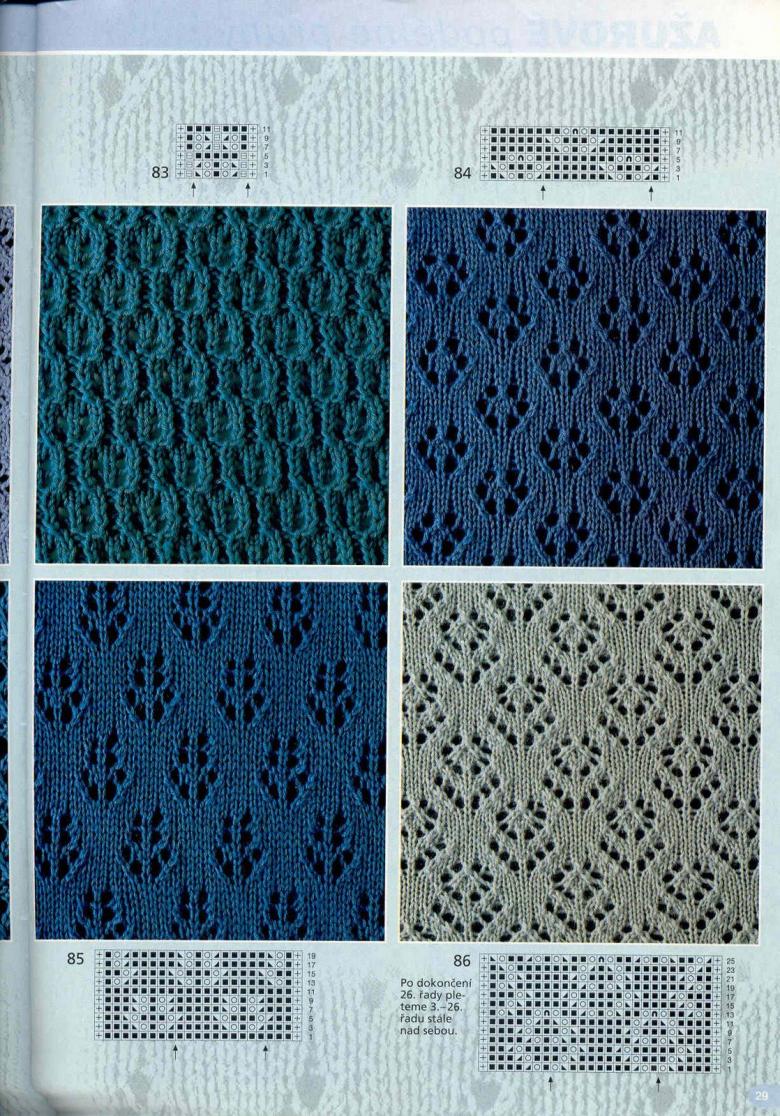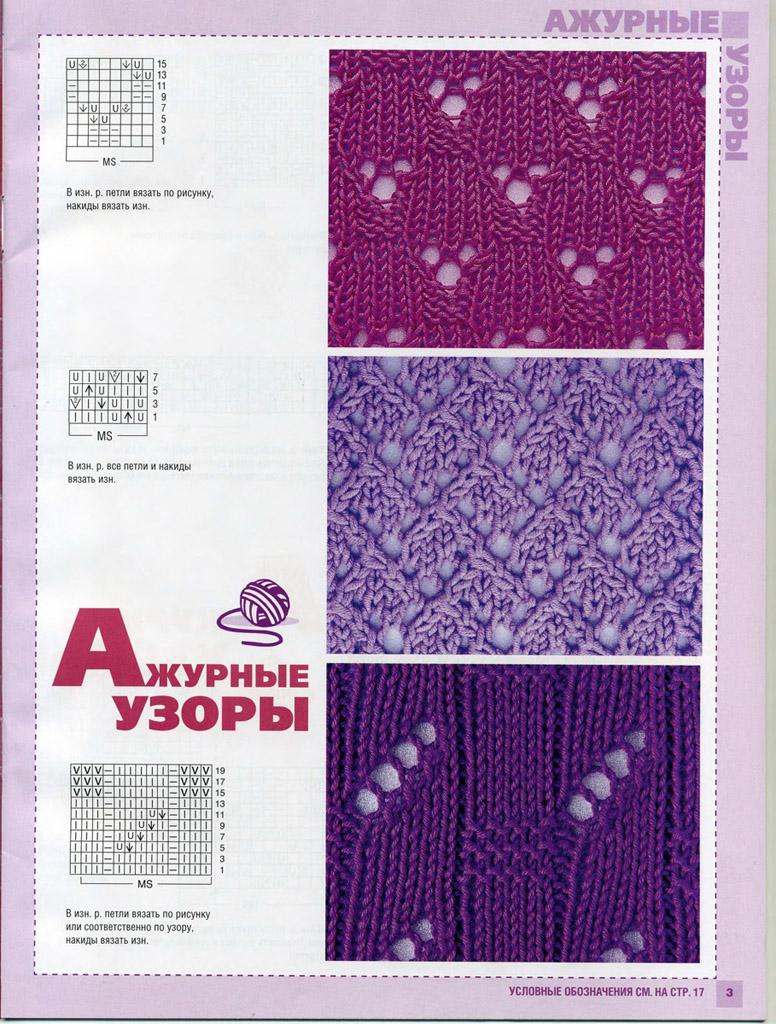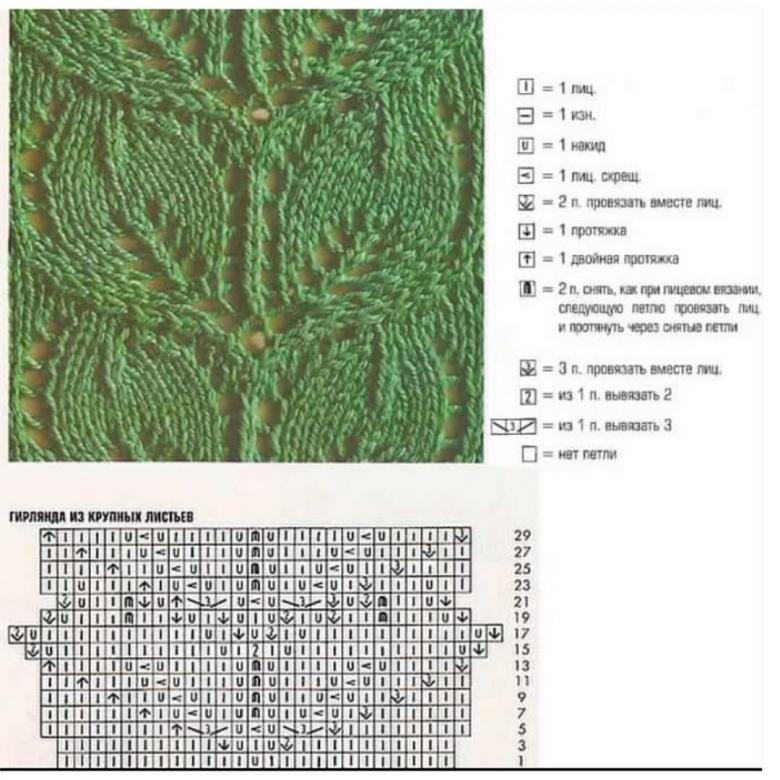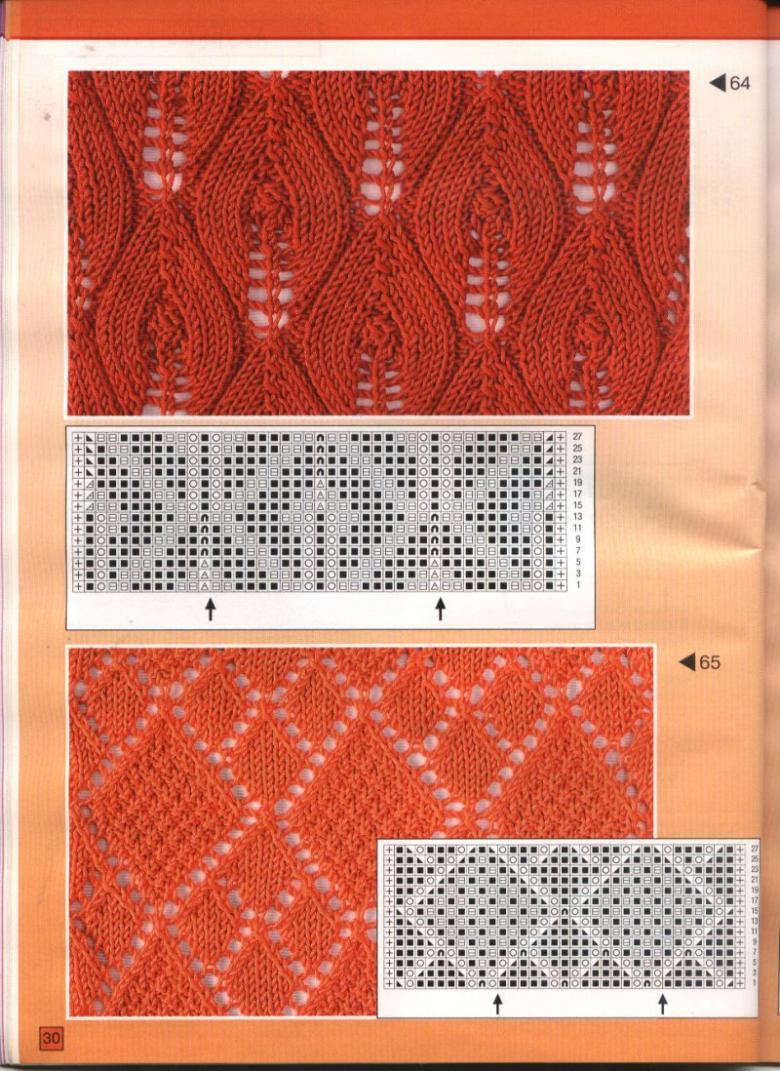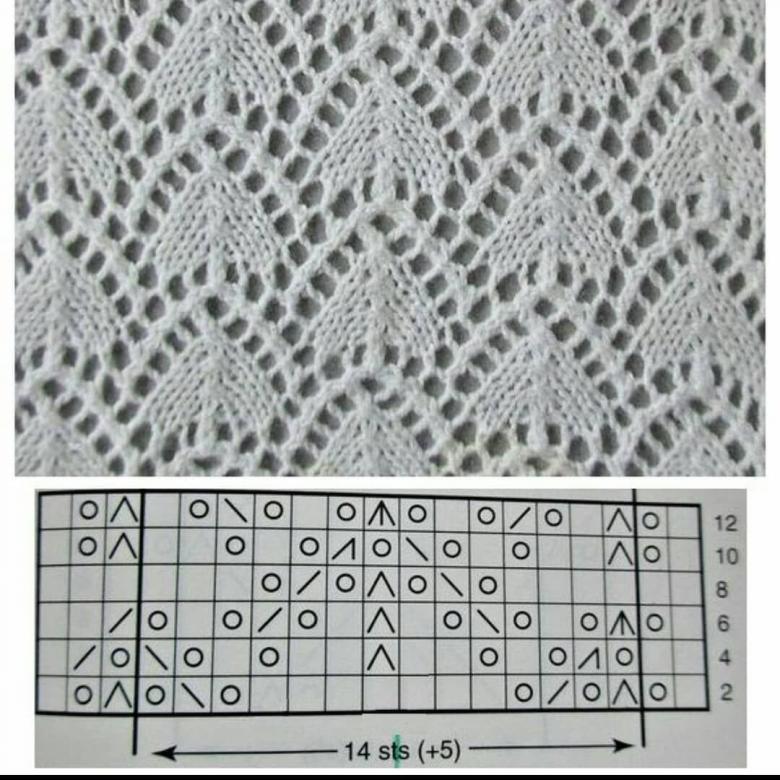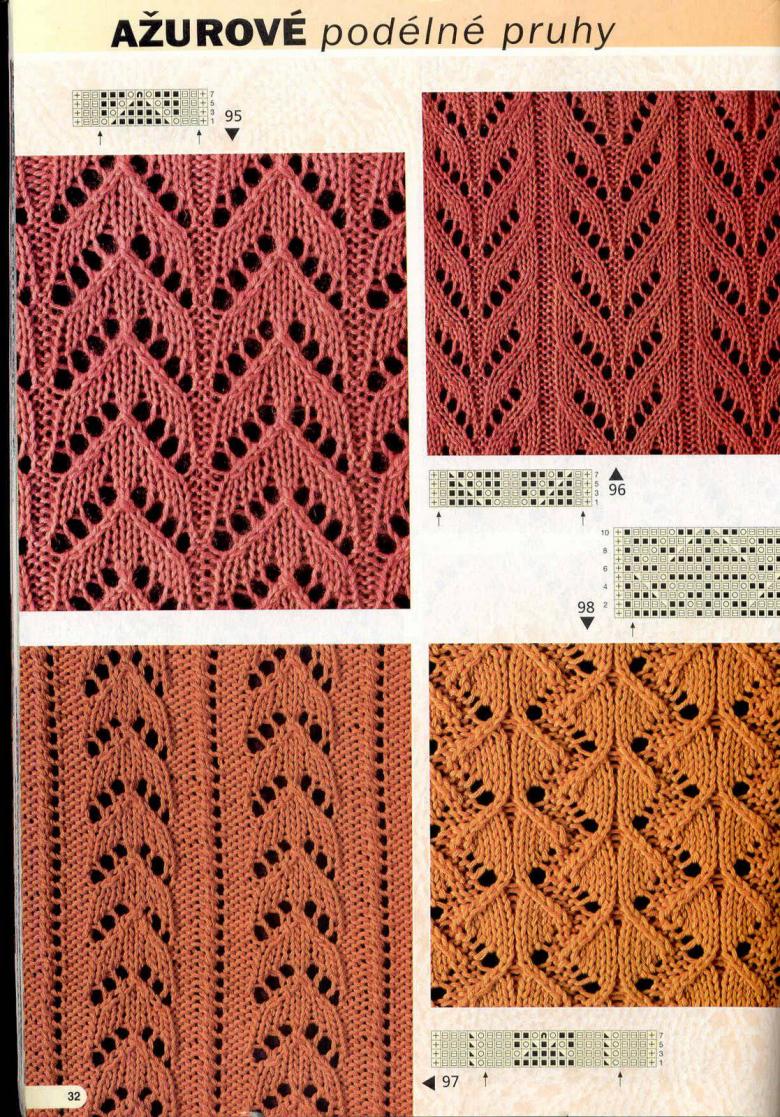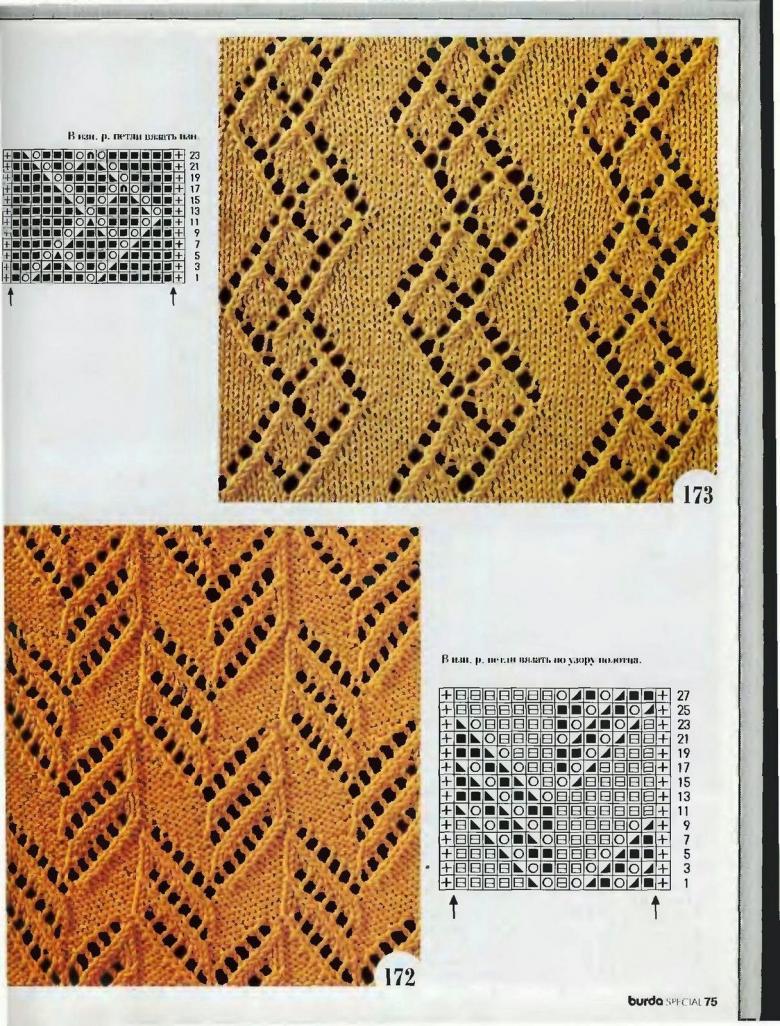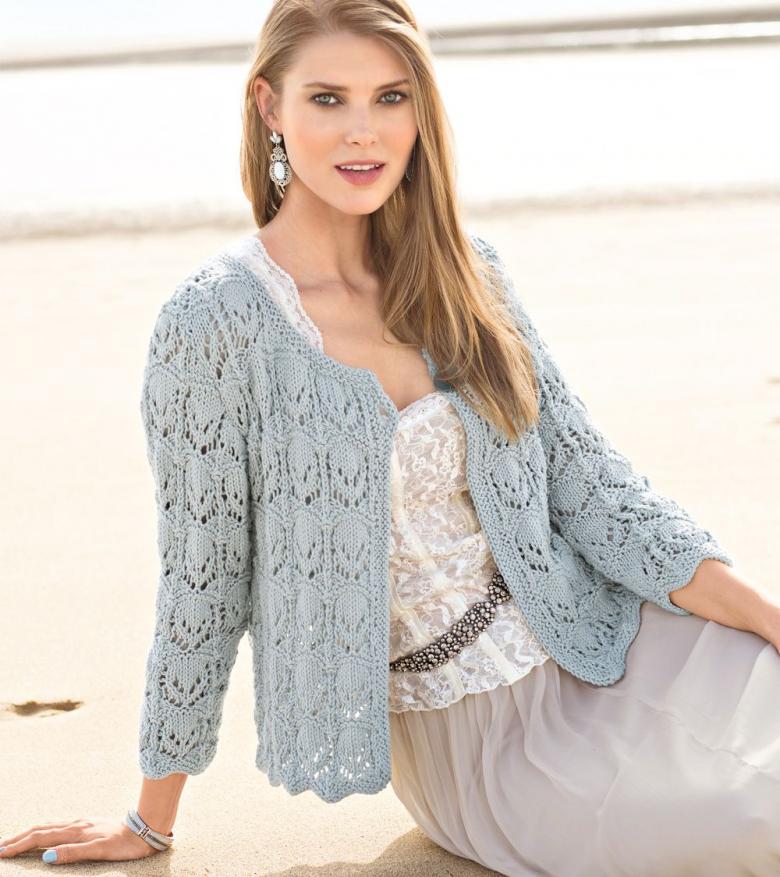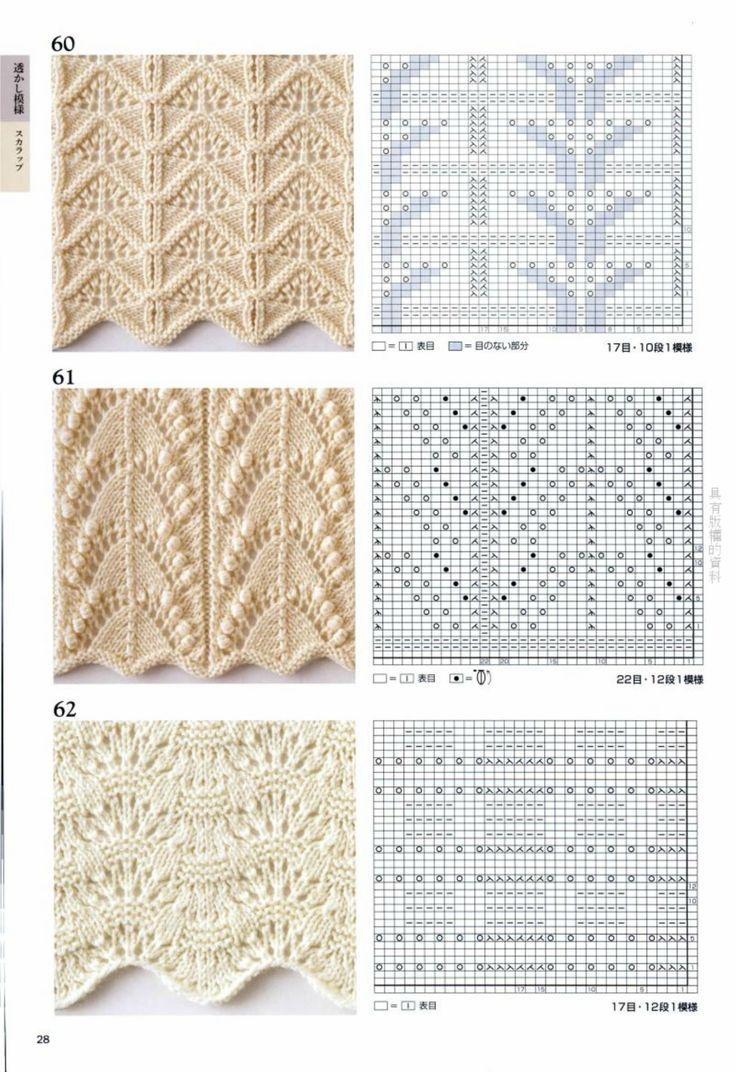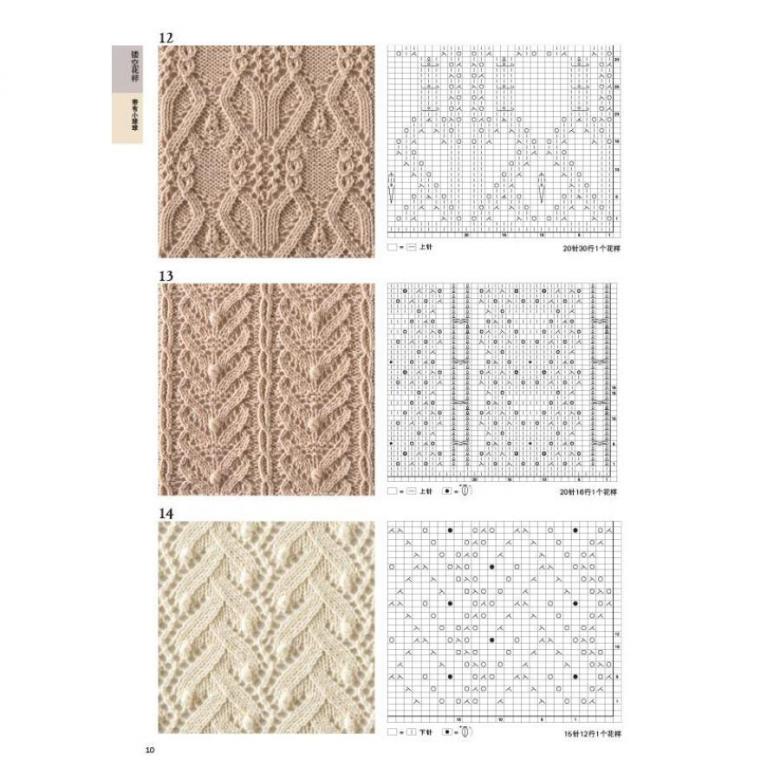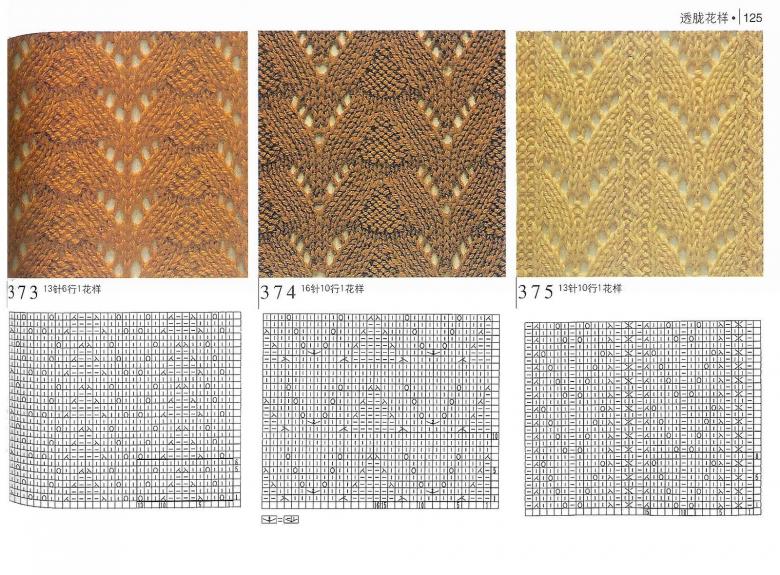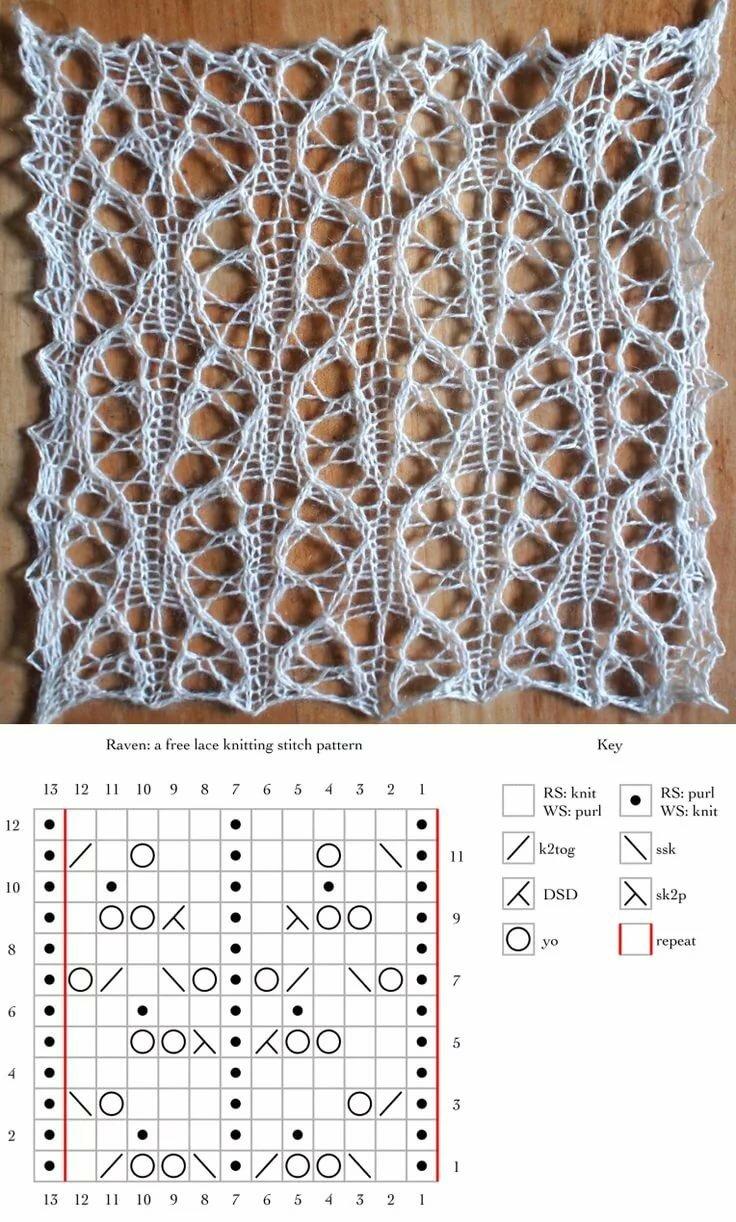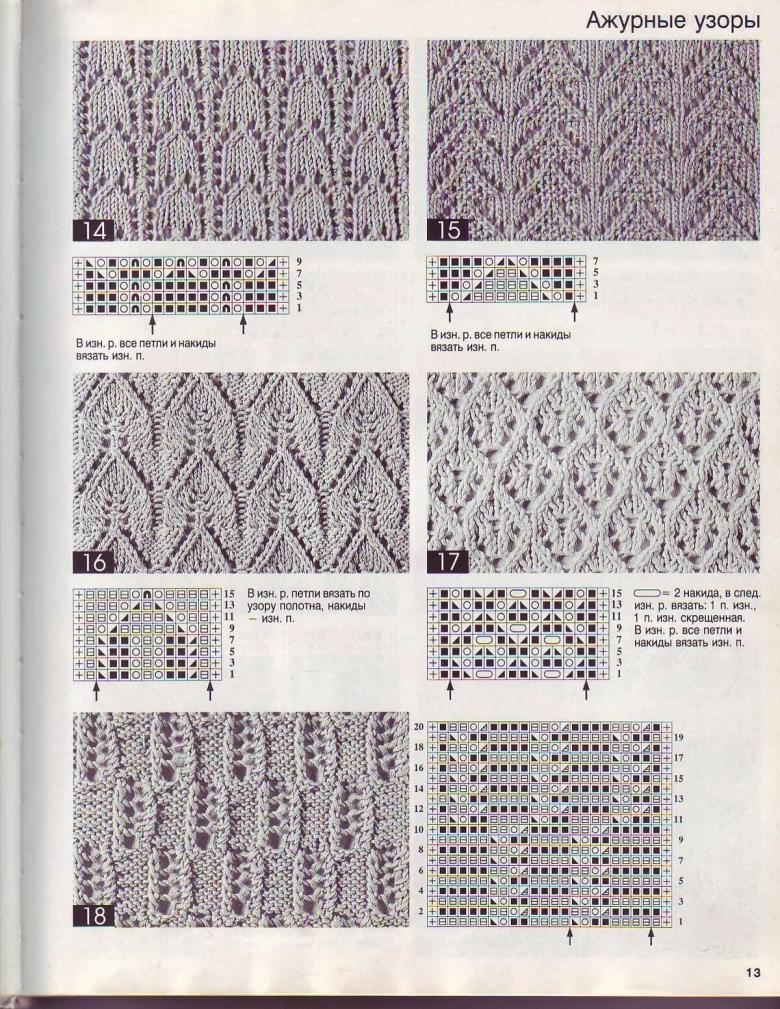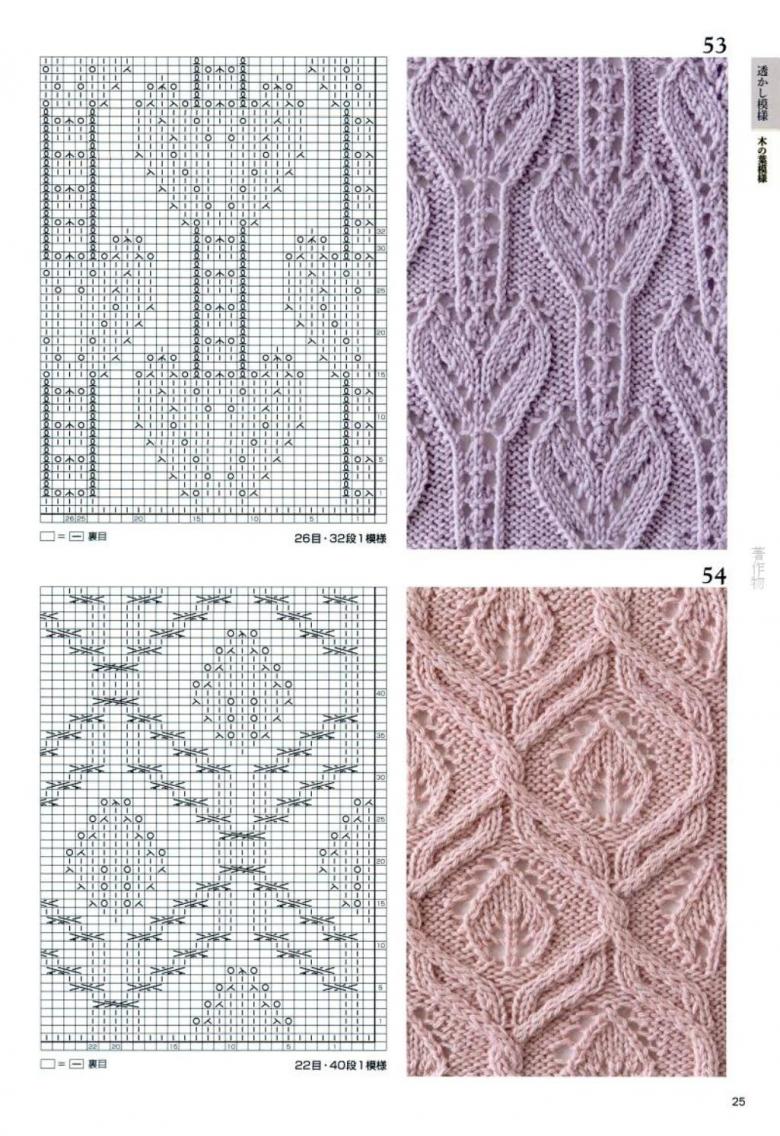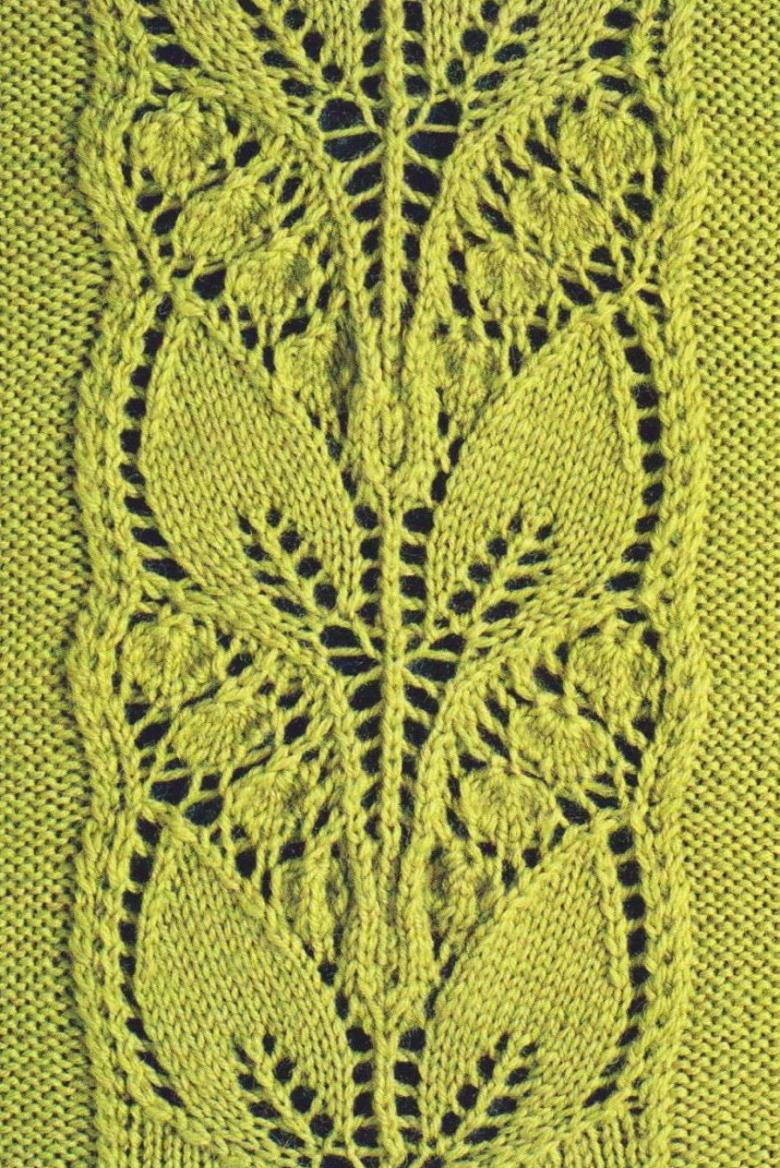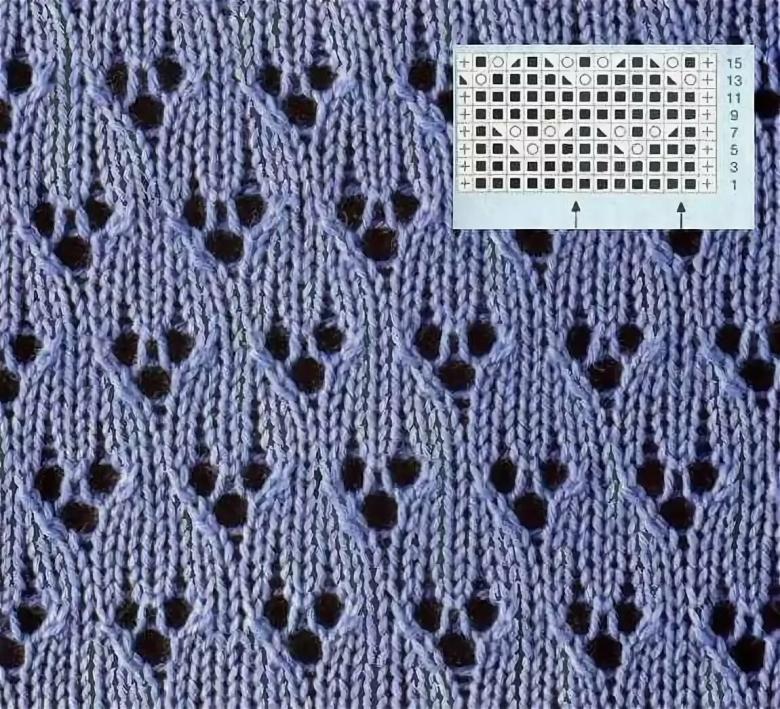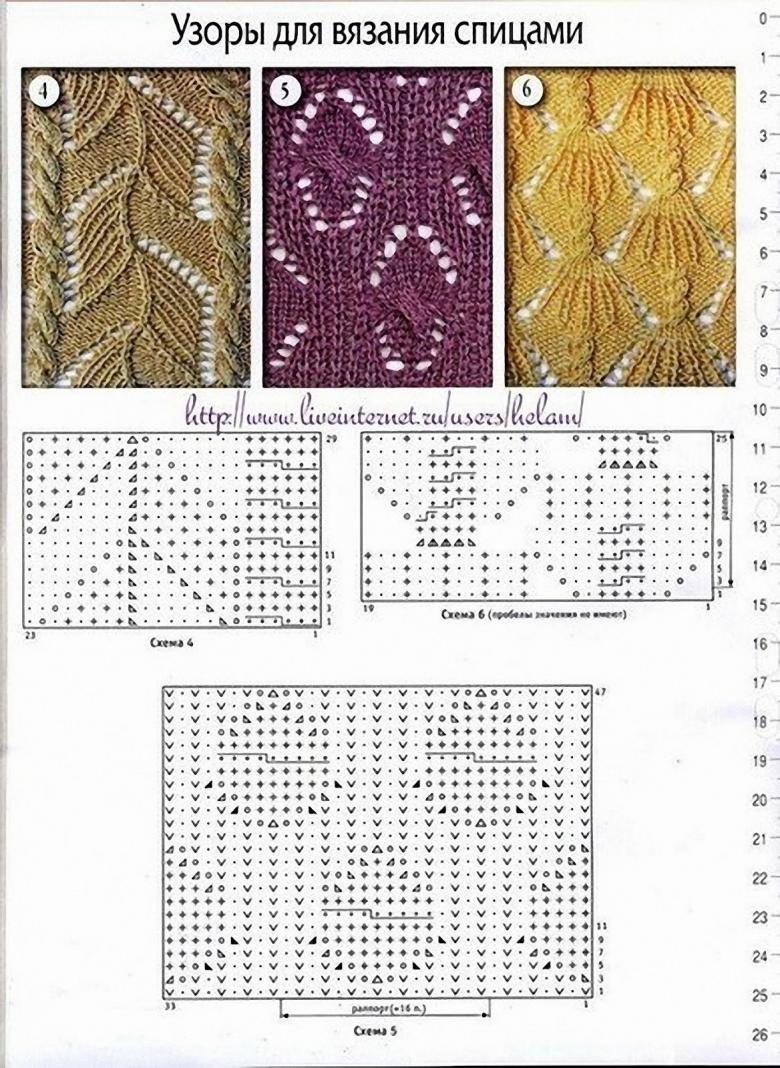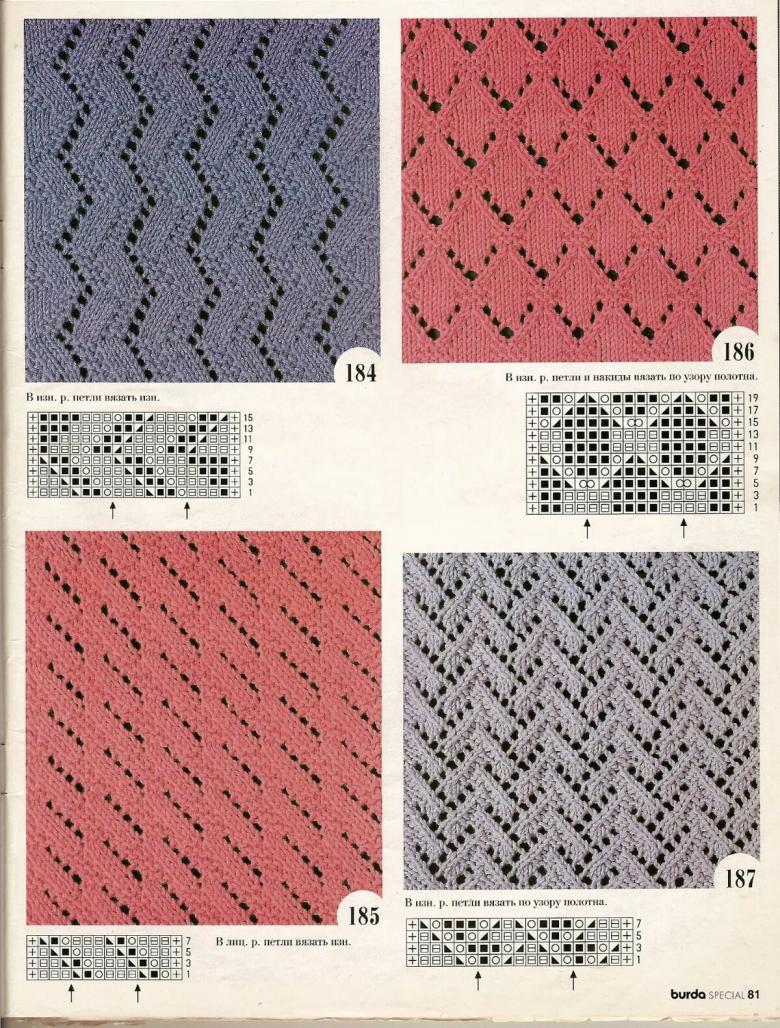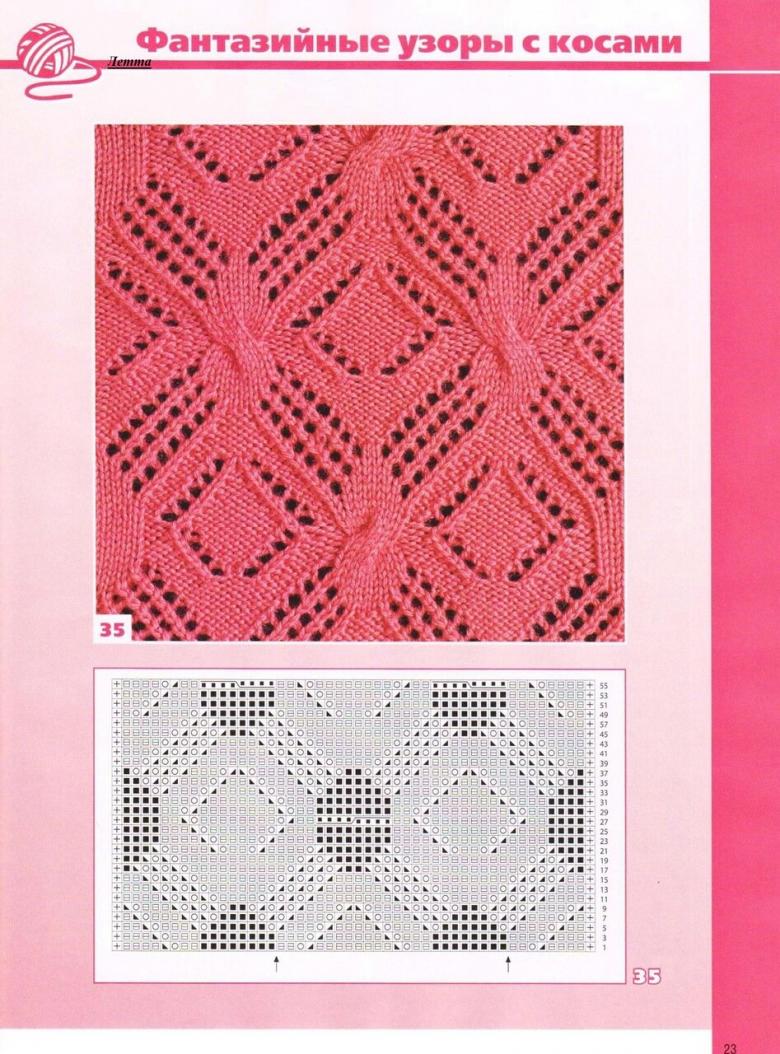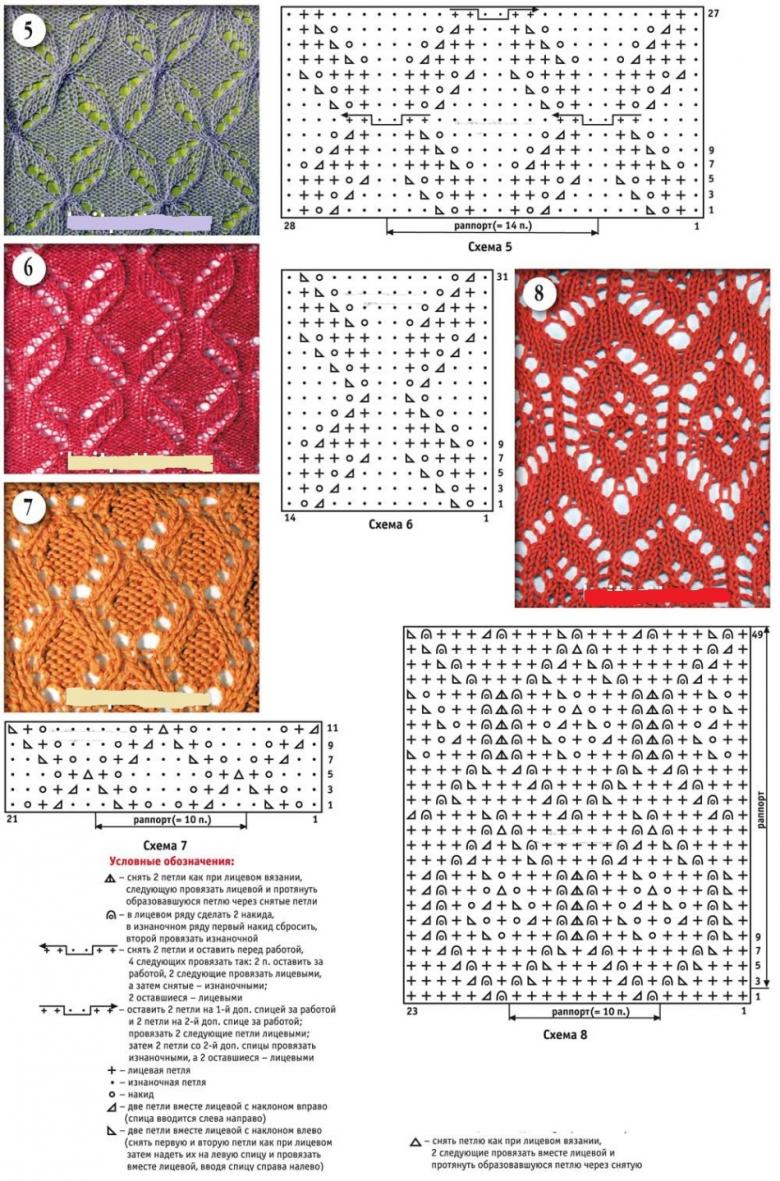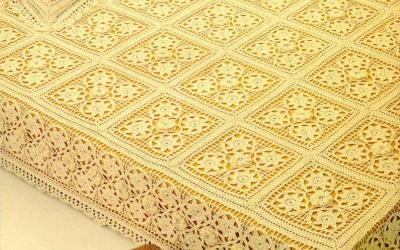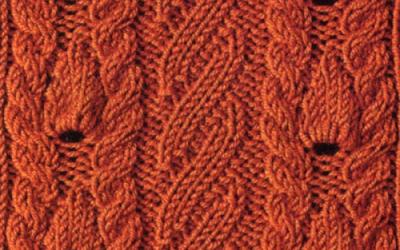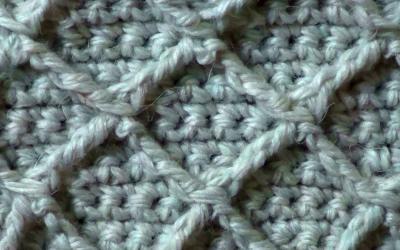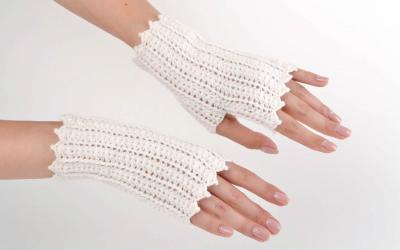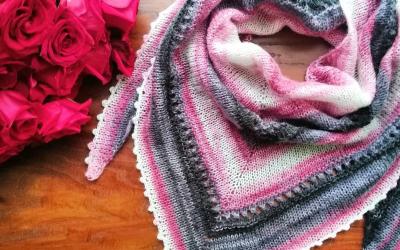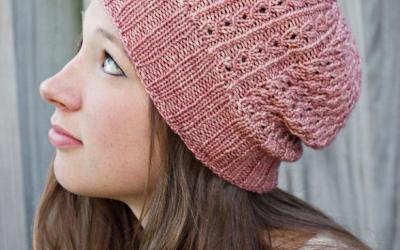Openwork knitting needlework - useful master classes with descriptions of patterns
Many housewives are engaged in knitting. This has become the most popular hobby, among women. But originally, knitting was a necessity. And when this type of needlework became a hobby, besides the usual knitting, openwork patterns began to appear. Therefore, many needlewomen, often looking for new ideas to create unique things and we decided to describe a few of them.
Openwork knitting for a scarf
To knit a scarf with openwork, you will need 125 grams of yarn and number five needles. The finished scarf will be 1.9 meters long and 0.5 meters wide. In type, this pattern resembles zigzags.
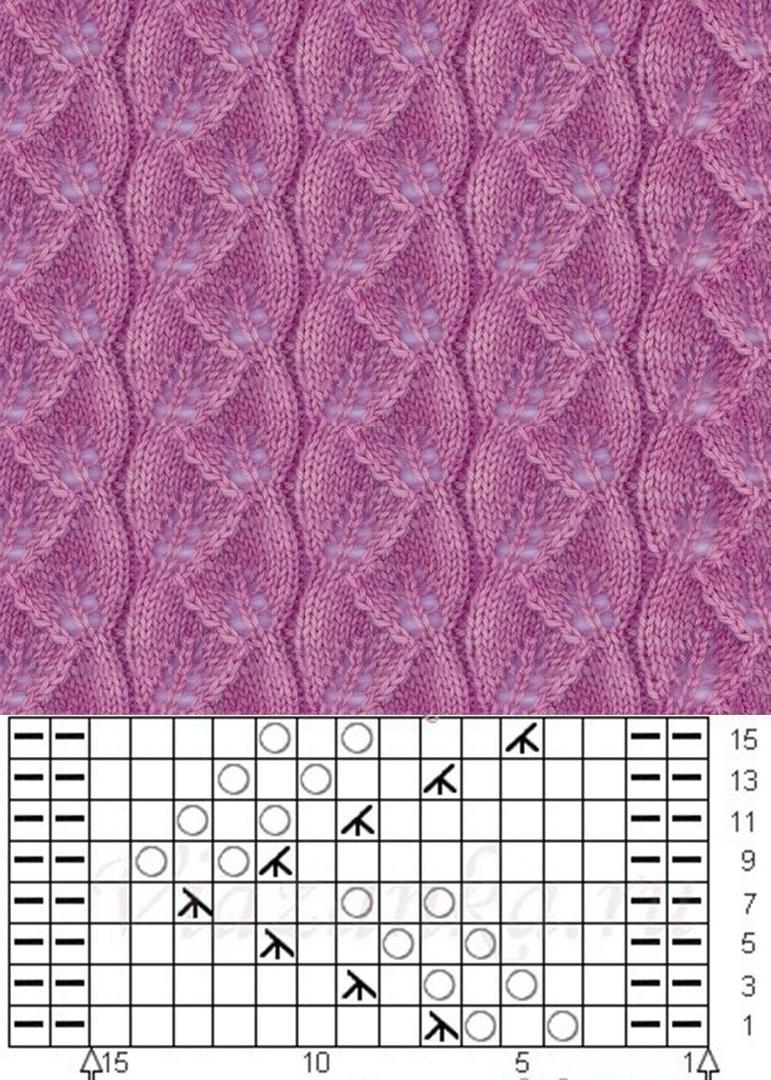
The process of making the pattern
Dial loops of 58 pieces. The pattern itself, takes eight loops, plus two edge loops. All the hinges in the process of knitting, are done with the wrong loops, and the pattern itself, is repeated about twenty times. In total, 400 to 430 rows are performed.
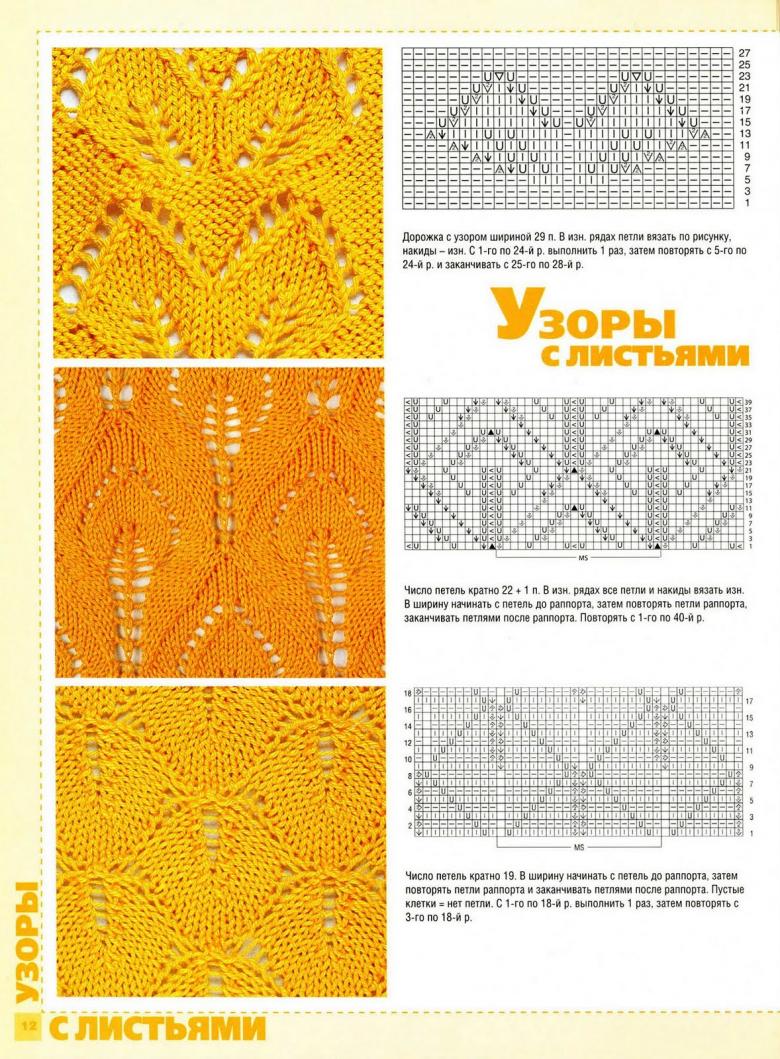
Initially, is the leading edge loop, raznochnaya, 5 doublet, buttonhole, 2, 1 loop is removed and pulled into the adjacent loop on the right, 4 doublet, buttonhole, raznochnaya and completes the row of edge loop. You do this for five rows, with the removed loop one stitch forward, and then do the same thing in the opposite direction.
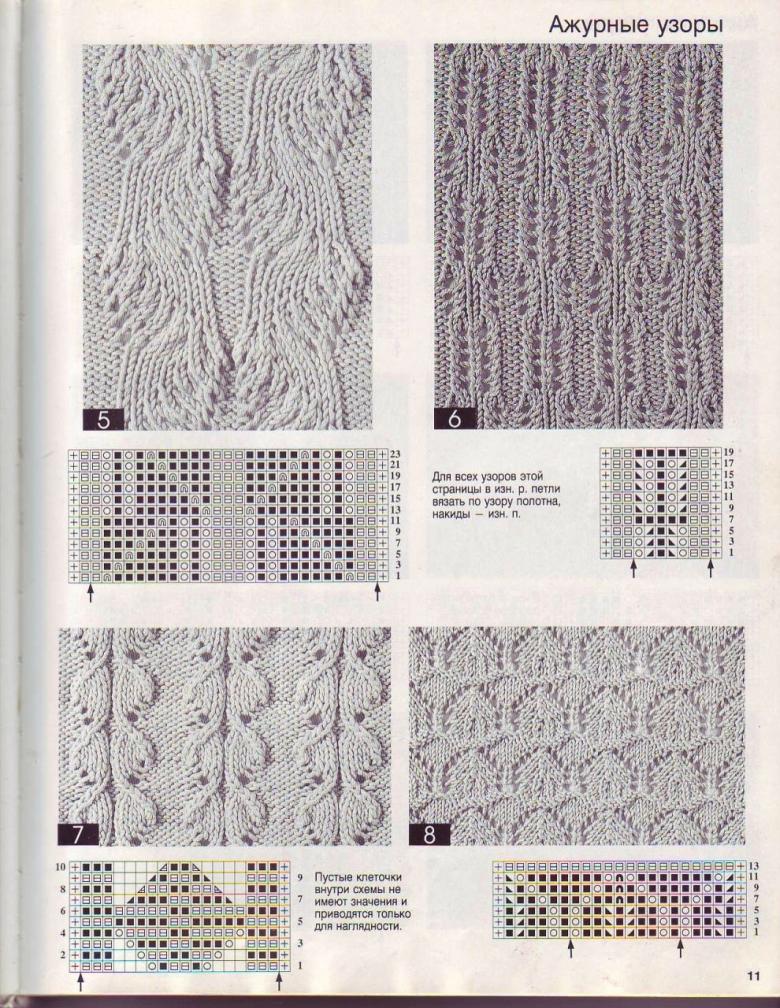
In the end, you will make a beautiful accessory that can decorate any image. The scarf is worn wrapped around the neck or thrown over the shoulders.
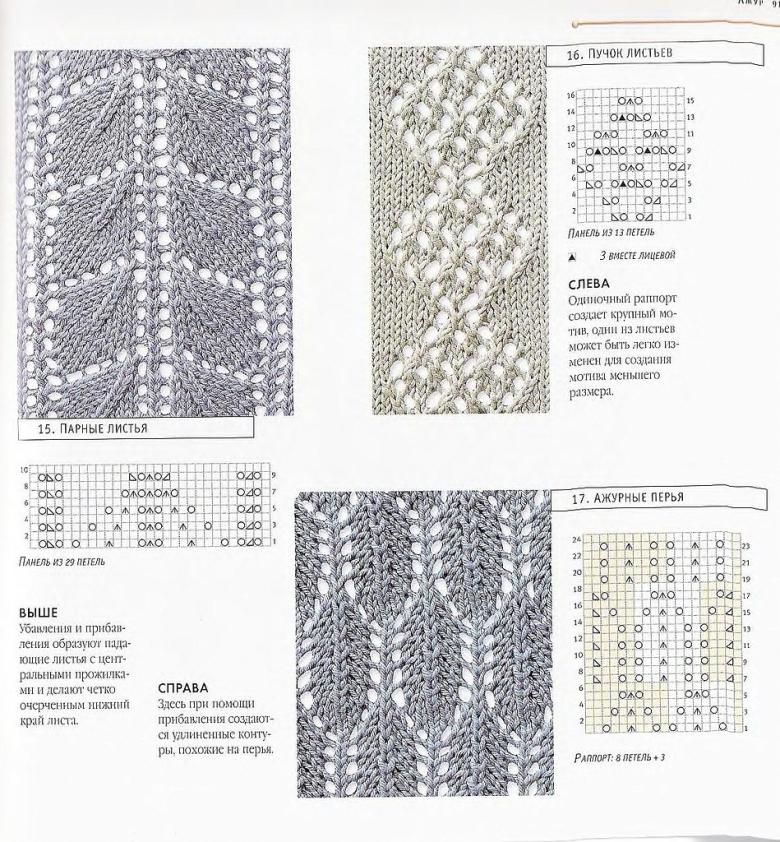
Openwork pattern for a child's clothes
As for children's knitwear, then for them you should choose patterns that are not very transparent. You can combine normal knitting with elements of openwork patterns, then things become smart and practical to use.
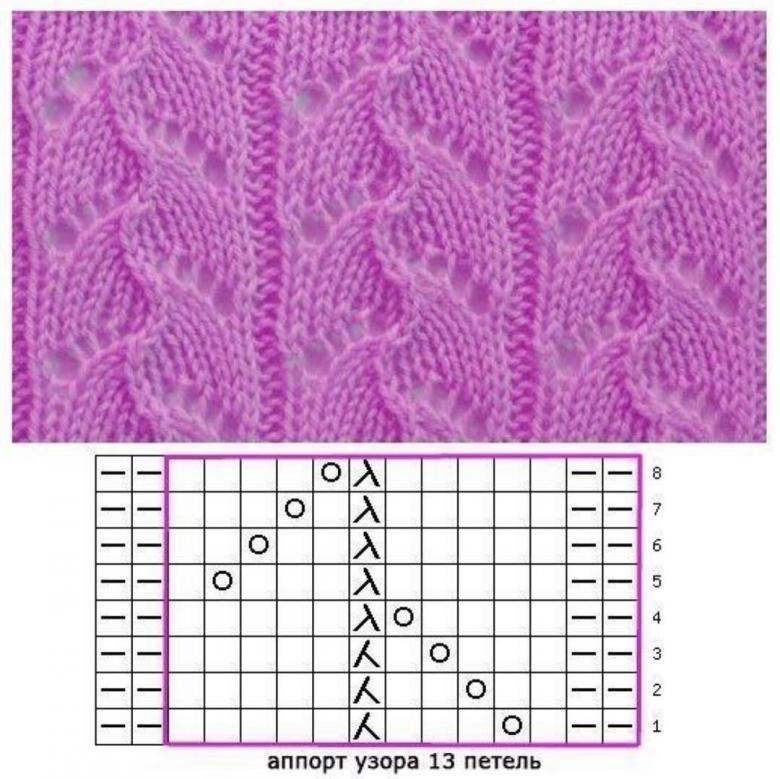
If desired, you can make a pattern on the front of the product, sleeves or neck. This choice of arrangement of the pattern, will give elegance, but at the same time, the thing will have a high resistance to wear and tear.
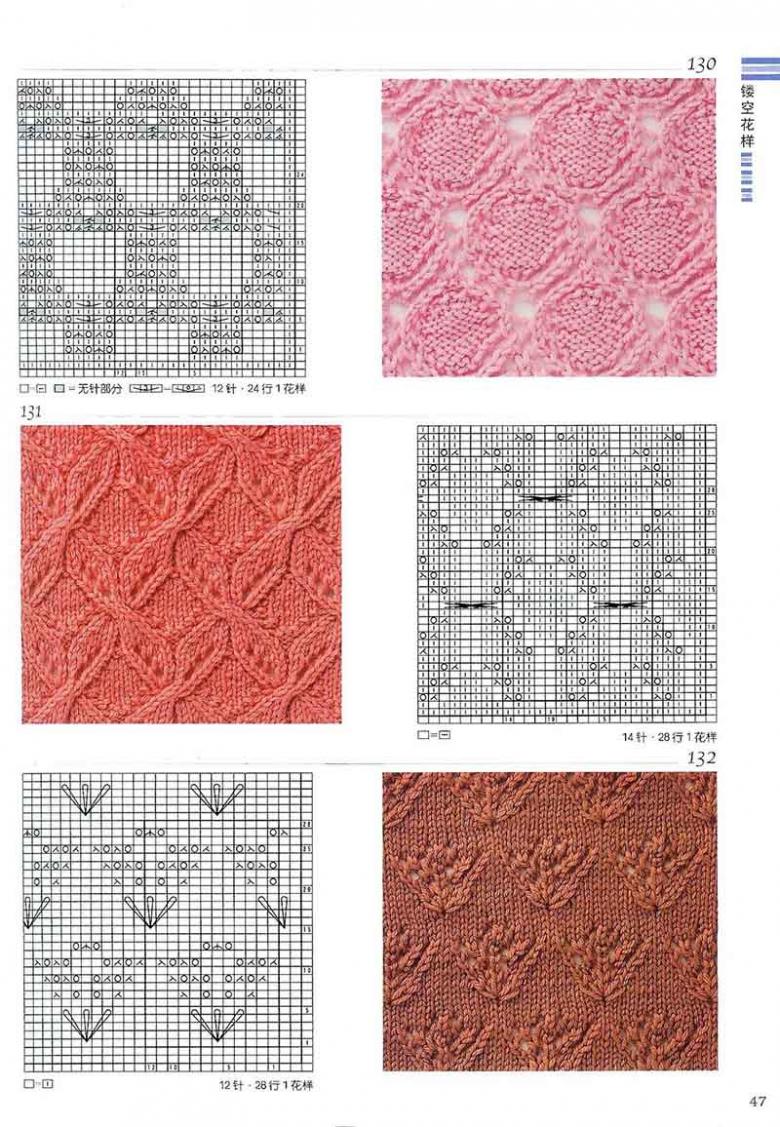
Pattern for a summer blouse
The main thing in knitted summer things, it is the choice of yarn. For hot weather, it should be thin with the addition of cotton in the composition.
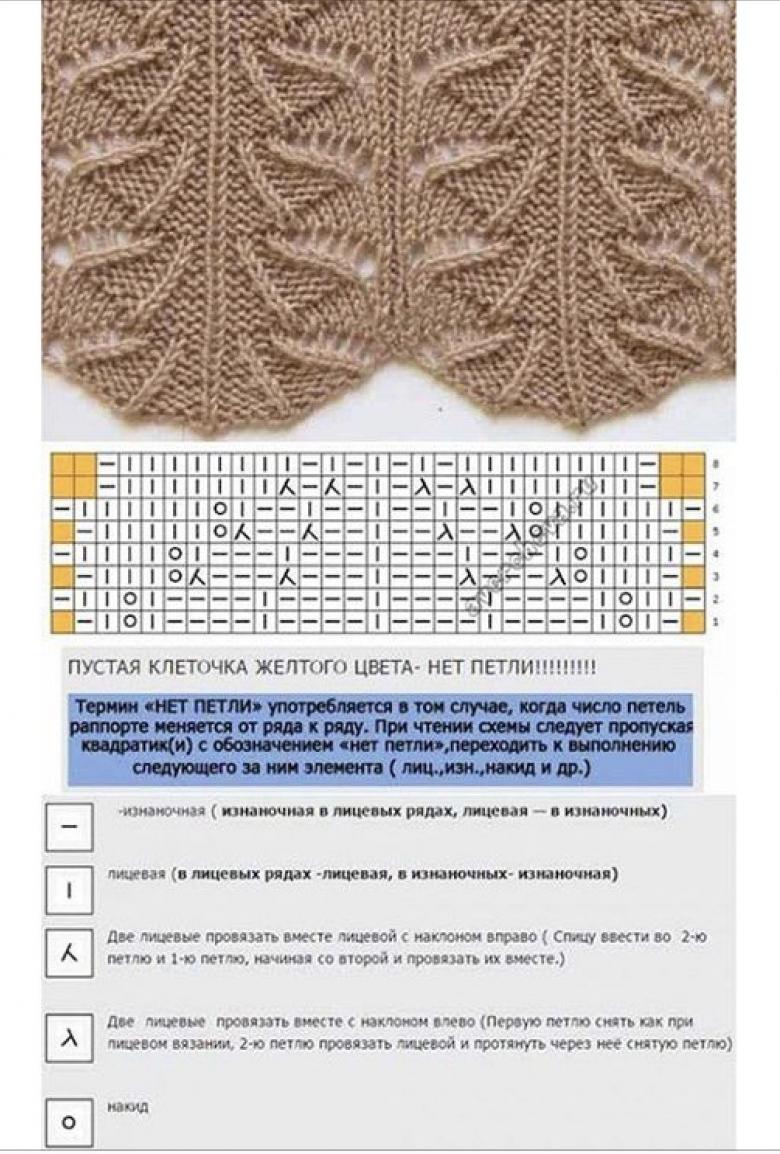
This season, popular patterns in the form of leaves or geometric designs. The choice of patterns is huge, and having made it, you can start knitting. Be sure that such a thing will be a great addition to your closet. Moreover, such a sleeveless jacket can be worn in the fall, under a thin sleeve.
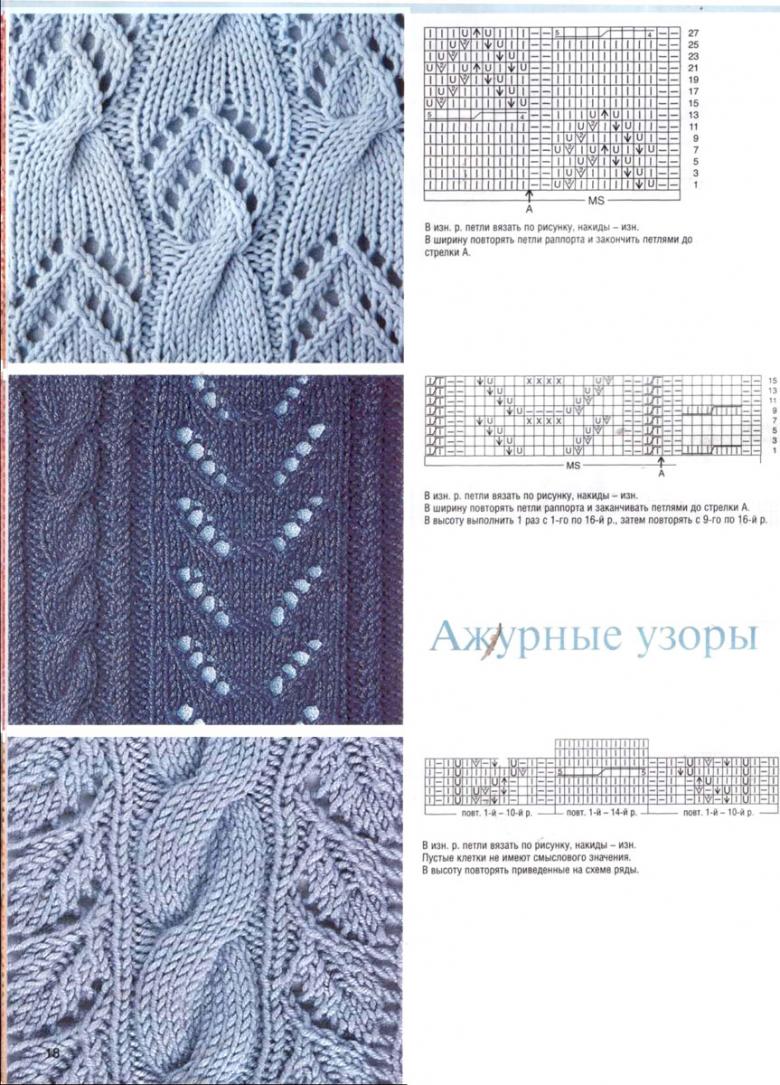
Simple openwork patterns for beginners in knitting
When beginners look at openwork knitting they think that doing it is very difficult, but it is not. There are a lot of options that anyone can cope with, even without prior experience.

The figure below, perfectly combined with other types of knitting and is often taken as a basis.
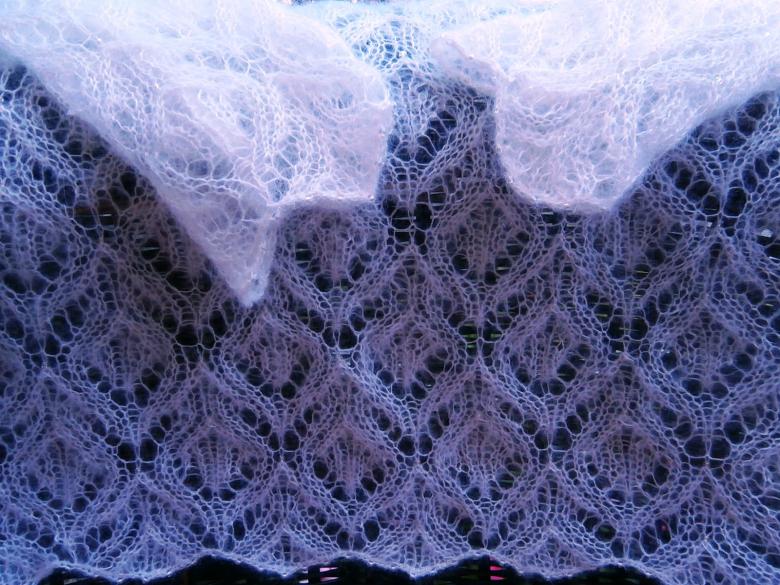
Implementation of the pattern - step by step scheme
- The pattern consists of eight loops (2 edge loops). The height of the pattern is 8 rows.
- The first row: 4 obverse, a lackey, 2 loops in the right side, the slope to the left.
- Second row: 4 buttonholes to the right, 2 buttonholes into a single, a slope to the right. Then continue to perform the first and second rows in turn.
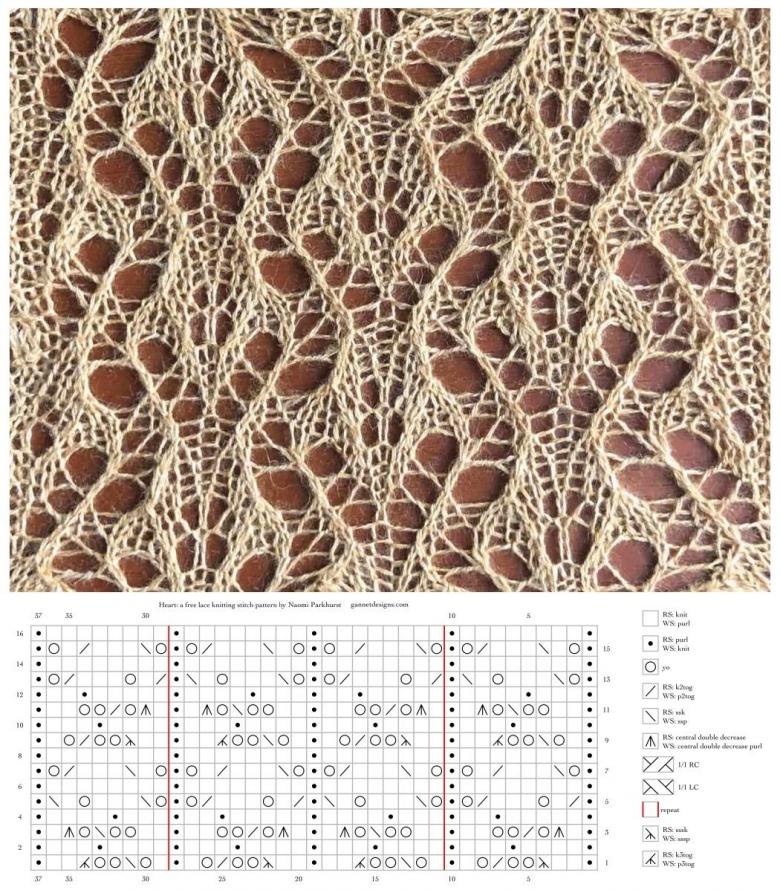
Variant of the pattern for a wrap or a beach cape
Execution of work according to the following scheme:
- The first three rows are performed in the front knit;
- Then knit on the right, but after each stitch performed 2 stitches;
- Then the row is again in the right side, with pulling the nicks into the column. Next, repeat from beginning to end.
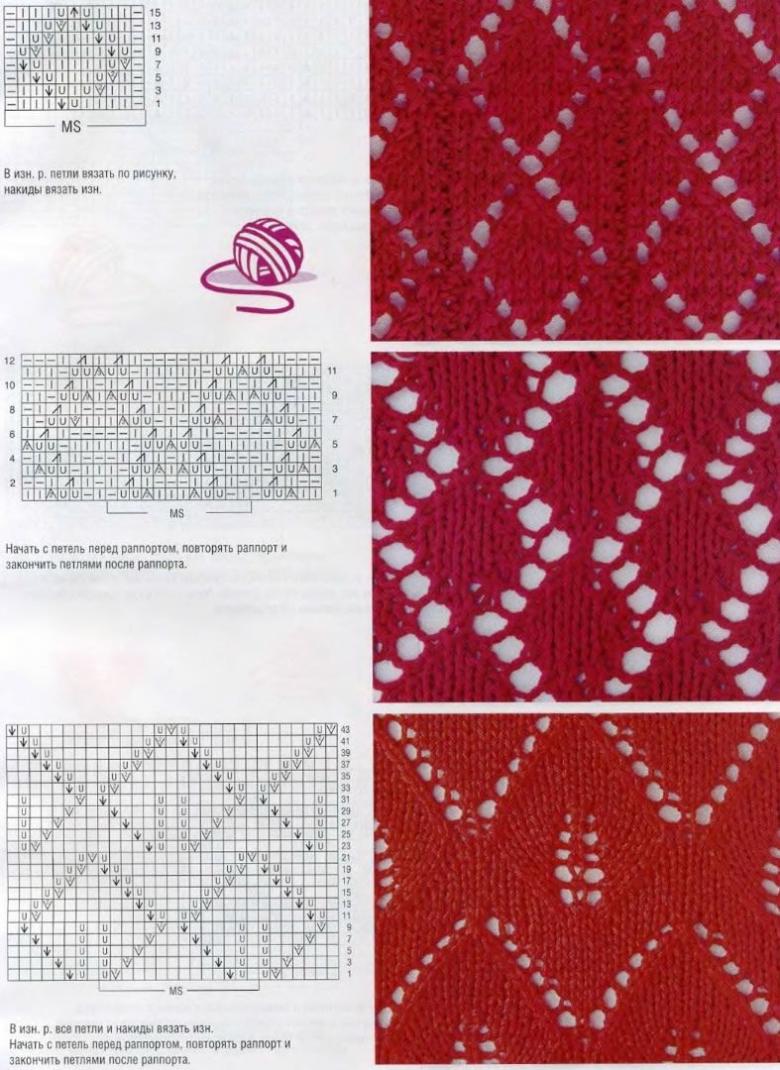
Knitting a fishnet for beginners
Implementation:
- The first row is done in the backstitch;
- The second - 1 to the wrong, 2 stitches into 1 to the wrong 2 times;
- The third stitch is carried out in the seam with the drawing of an extra stitch;
- Fourth - two stitches are tied between the knits and a cast-off after each stitch.
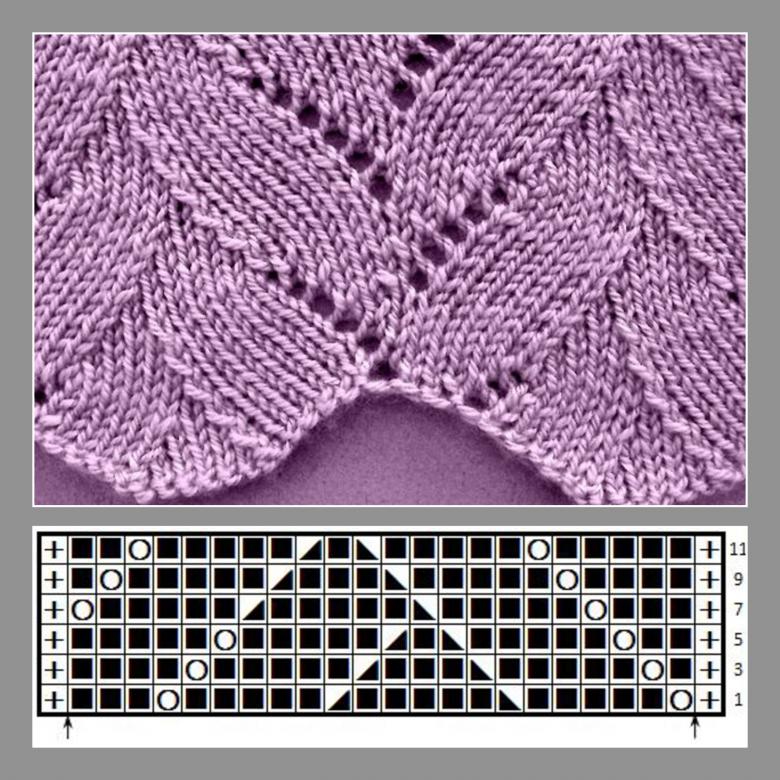
Vertical pattern.
Such patterns, make the figure slimmer. Therefore, they are often used by designers and fashion designers. But the needlewomen themselves, can knit a thing with such an effect.
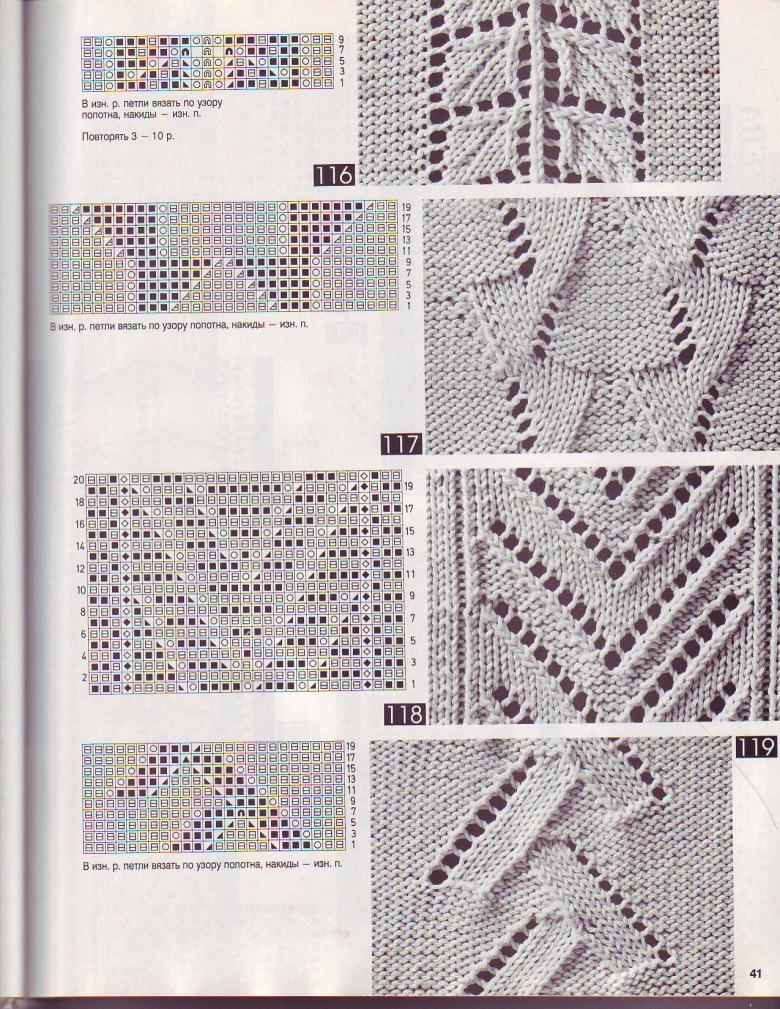
The main part of the vertical ajour, is performed in 4 rows of 4 loops. And for the evenness of the edges, if desired, you can add two extra stitches on the edges.
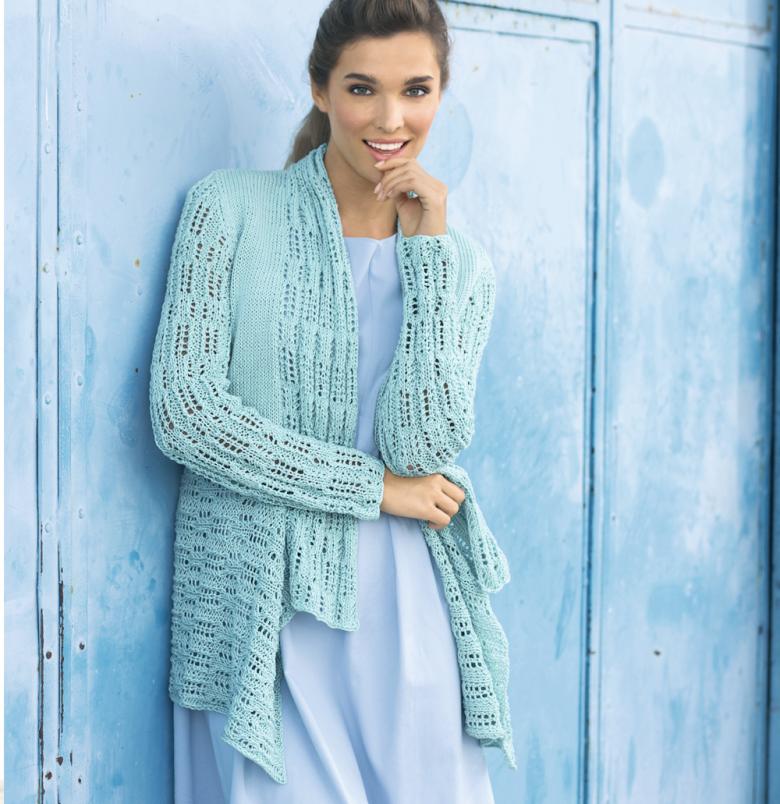
Execution:
- first row - 1 wrong and 3 right stitches;
- second row - 1 right and 3 wrong stitches;
- Third row - 1 buttonhole, one buttonhole, and then we'll make three buttonholes into a single buttonhole;
- Fourth - 1 right and 3 wrong stitches.
Then the rows are repeated to the length required.
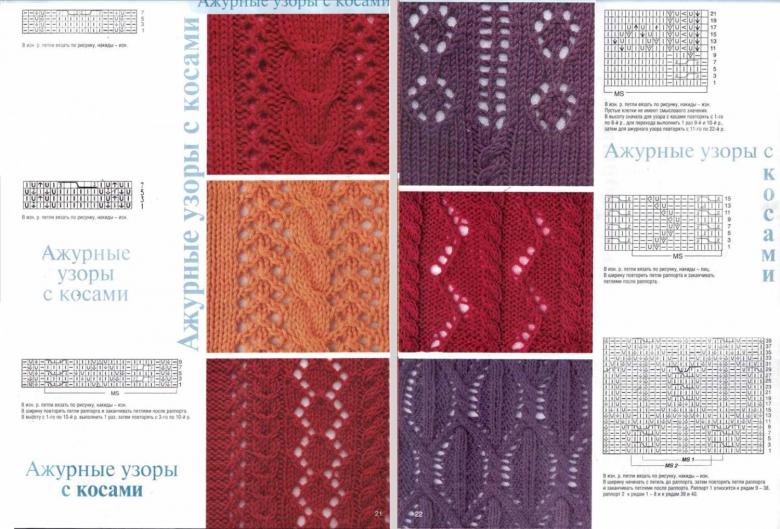
Zigzag Openwork
This type of openwork, suitable for hats and stoles. It looks great as a decoration, as a finishing element. It is also often used in the knitting of plaids, blankets and tablecloths. It gives products, not only beauty but also originality.
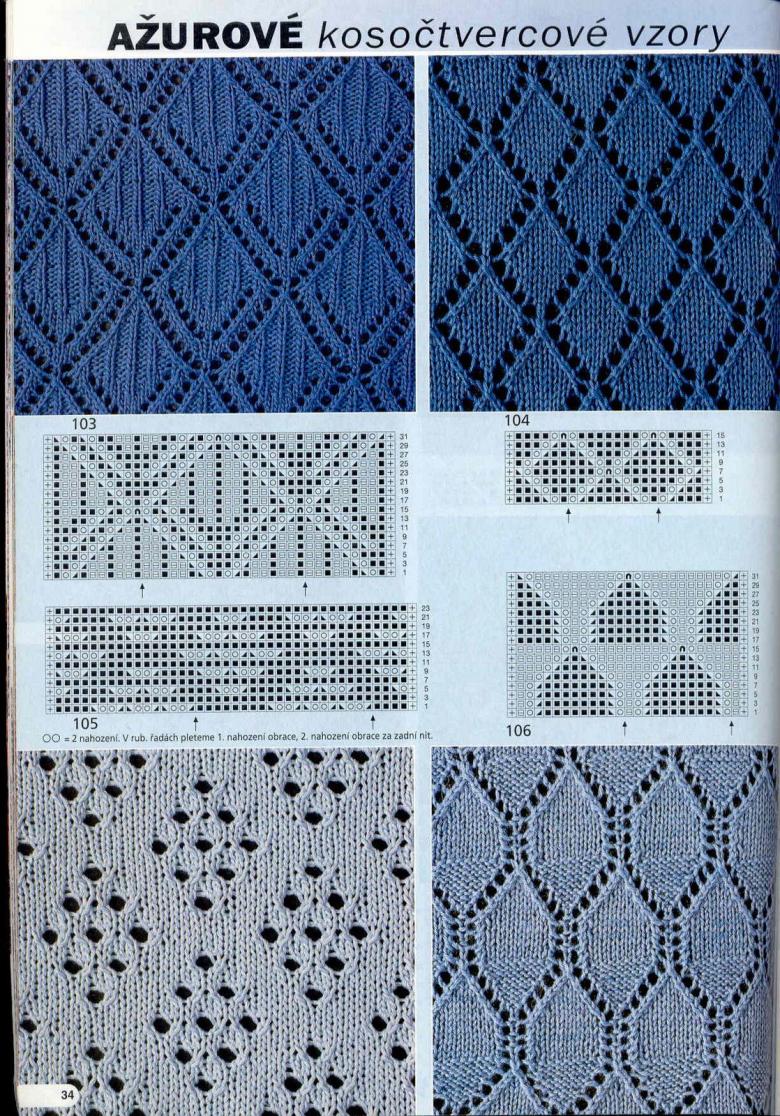
Various stripes
These patterns can decorate any thing and make it less austere. In this case, the choice of different openwork lines is very large. But the particular popularity of this knitting, adds the simplicity of its performance. After all, the whole process consists of knitting loops and stitches. Therefore, even without experience, everyone can perform openwork lanes on your product and make it original.
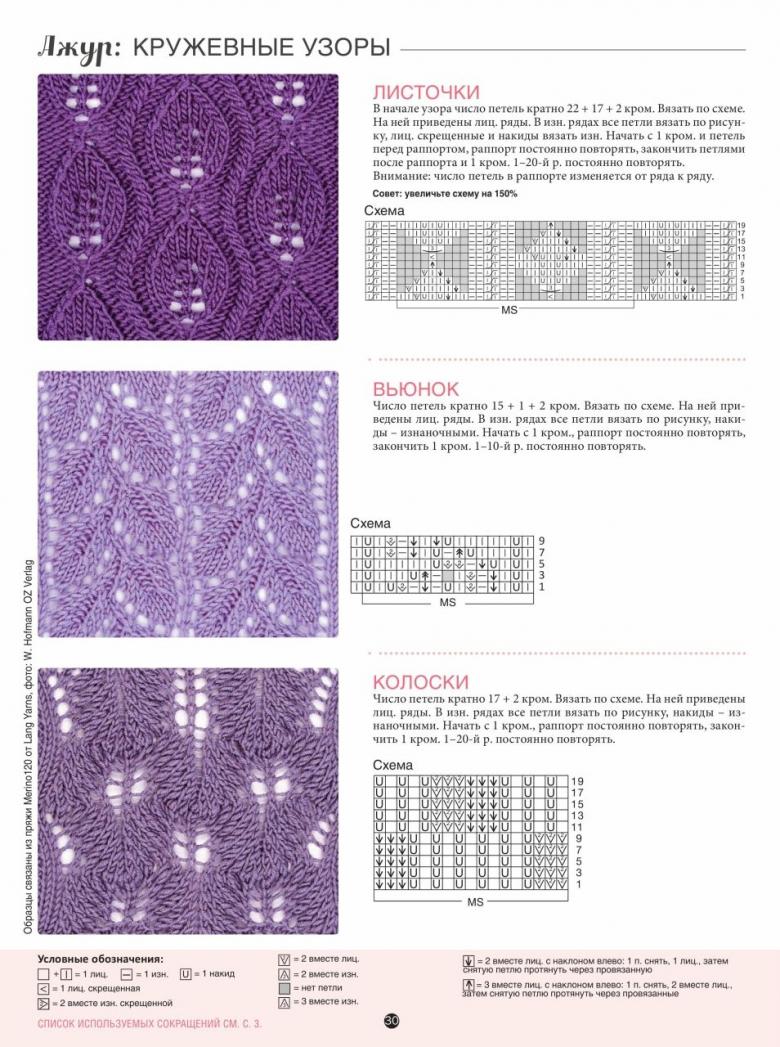
Openwork braids
This type of knitting, is a classic and it performs on men's, women's and children's things. The whole process of work, is to create tables, hinges and join the loops. More skilled masters, weave several braids in one pattern, but this is a more complicated process.

Openwork rhombuses
Openwork rhombuses, as a pattern, can be found on any knitted things. They can be scarves, dresses or sweaters, for any member of the family. There are a lot of varieties of lozenges, so there are many types of such knitting, too. The difference of this pattern is the density, which does not hide the elements of openwork knitting.
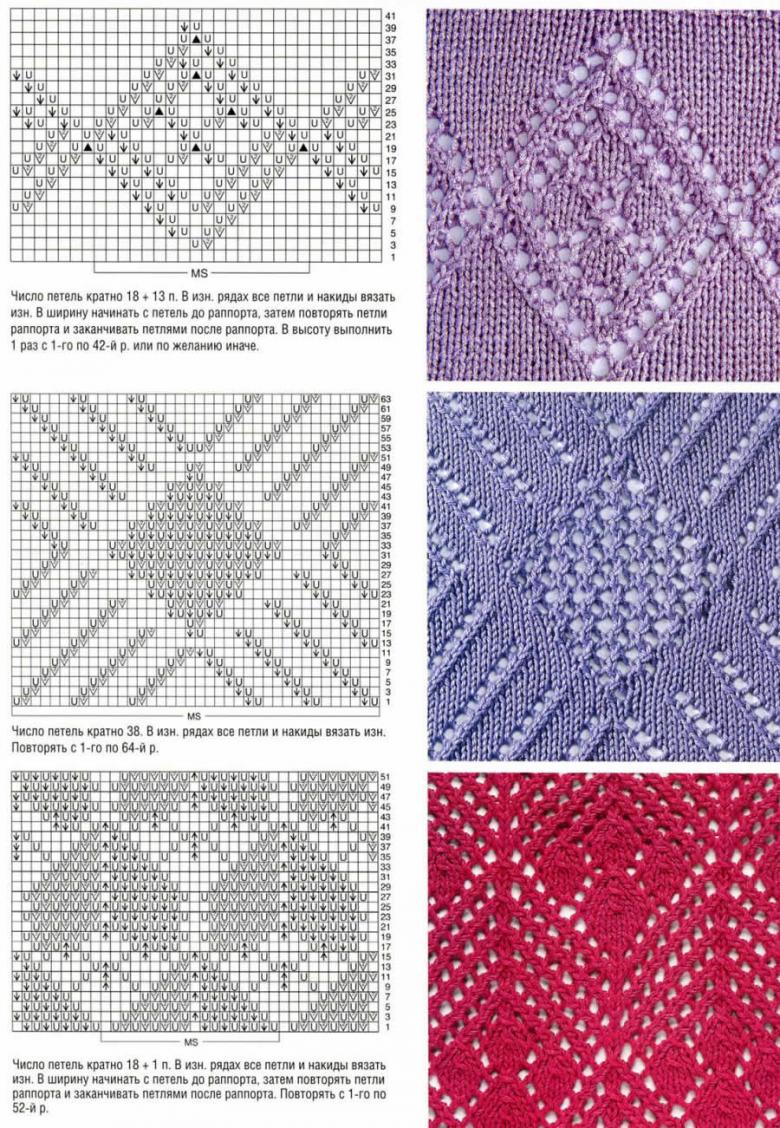
There are many types of openwork knitting. But every needlewoman can create her own pattern by adding a bit of imagination while knitting. The entire knitting process is fairly simple and can be done even by a beginner. Do not be afraid to create, and you are sure to succeed.
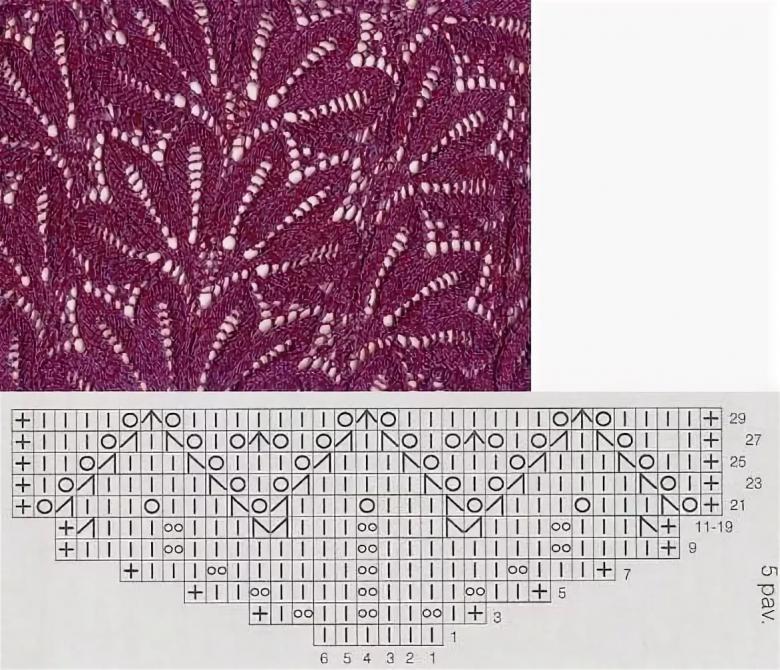
The main thing during the execution of openwork patterns is to work according to the scheme of the chosen pattern. If you show care and do not make mistakes, then any pattern you are sure to succeed. But initially, it will not be superfluous to practice on simple patterns and then proceed to openwork knitting, which requires experience in this kind of needlework.

